Do you have a question about the Honeywell D355PL and is the answer not in the manual?
Details the key features of the D355PL duct smoke detector, including its plug-in head and compatibility with accessories.
Ensures the detector is installed in air systems with velocities between 100 to 4000 ft./min. for proper sampling.
Guidance on selecting the optimal placement and orientation for the detector within the duct system.
Instructions for drilling holes in the duct based on the chosen mounting configuration (rectangular or square).
Steps for securely attaching the detector housing to the duct using provided screws.
Guidance on selecting the correct sampling tube length for different duct widths for optimal performance.
Detailed steps for installing the sampling tube, including orientation and potential support requirements.
Instructions for modifying sampling tubes if duct widths do not match standard recommendations.
Describes methods for remote mounting of sampling and exhaust tubes and verifying pressure differentials.
Procedures to measure differential pressure between sampling and exhaust ports to verify adequate air flow.
Specific test method for verifying air flow in low-velocity systems using a differential pressure transmitter.
Provides system wiring diagrams and instructions for connecting the D355PL detector.
Instructions on setting the detector's address using rotary switches on the sensor head.
Ensures the detector cover is properly installed for correct operation and tamper detection.
Guidance on activating the communication line to power up the detector.
Describes expected LED behavior for standby and trouble conditions.
Overview of testing and maintenance recommendations, including specific test methods.
Step-by-step instructions for cleaning the sensor head, including vacuuming and using compressed air.
Process for reinstalling the detector after cleaning and restoring system power.
Wiring instructions for connecting remote alarm LED annunciators like RA400Z/RA100Z.
Method for remote testing using compatible sensors without requiring a test coil.
Procedure for connecting a test coil and remote test station for testing detector functionality.
Guidance on installing compatible relay or control modules within the detector housing.
Details the key features of the D355PL duct smoke detector, including its plug-in head and compatibility with accessories.
Ensures the detector is installed in air systems with velocities between 100 to 4000 ft./min. for proper sampling.
Guidance on selecting the optimal placement and orientation for the detector within the duct system.
Instructions for drilling holes in the duct based on the chosen mounting configuration (rectangular or square).
Steps for securely attaching the detector housing to the duct using provided screws.
Guidance on selecting the correct sampling tube length for different duct widths for optimal performance.
Detailed steps for installing the sampling tube, including orientation and potential support requirements.
Instructions for modifying sampling tubes if duct widths do not match standard recommendations.
Describes methods for remote mounting of sampling and exhaust tubes and verifying pressure differentials.
Procedures to measure differential pressure between sampling and exhaust ports to verify adequate air flow.
Specific test method for verifying air flow in low-velocity systems using a differential pressure transmitter.
Provides system wiring diagrams and instructions for connecting the D355PL detector.
Instructions on setting the detector's address using rotary switches on the sensor head.
Ensures the detector cover is properly installed for correct operation and tamper detection.
Guidance on activating the communication line to power up the detector.
Describes expected LED behavior for standby and trouble conditions.
Overview of testing and maintenance recommendations, including specific test methods.
Step-by-step instructions for cleaning the sensor head, including vacuuming and using compressed air.
Process for reinstalling the detector after cleaning and restoring system power.
Wiring instructions for connecting remote alarm LED annunciators like RA400Z/RA100Z.
Method for remote testing using compatible sensors without requiring a test coil.
Procedure for connecting a test coil and remote test station for testing detector functionality.
Guidance on installing compatible relay or control modules within the detector housing.
| Type | Photoelectric Smoke Alarm |
|---|---|
| Alarm Volume | 85 dB at 10 feet |
| Test/Silence Button | Yes |
| Installation | Ceiling or Wall Mount |
| Hush Feature | Yes |
| LED Indicator | Yes |
| Alarm Sound Level | 85dB |
| Operating Temperature | 40°F to 100°F |
| Humidity Range | 10% to 95% relative humidity |
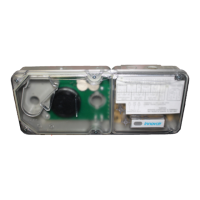

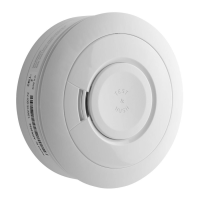
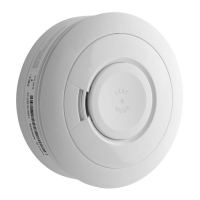
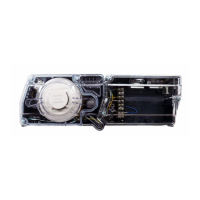
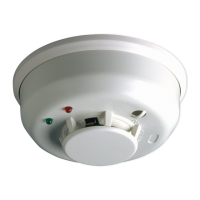
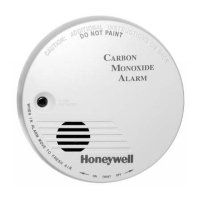
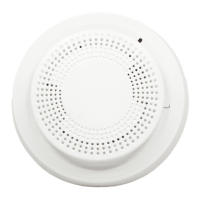

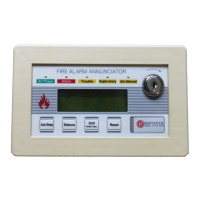
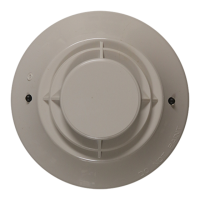
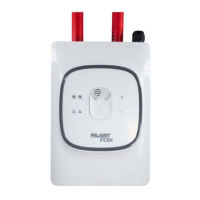
